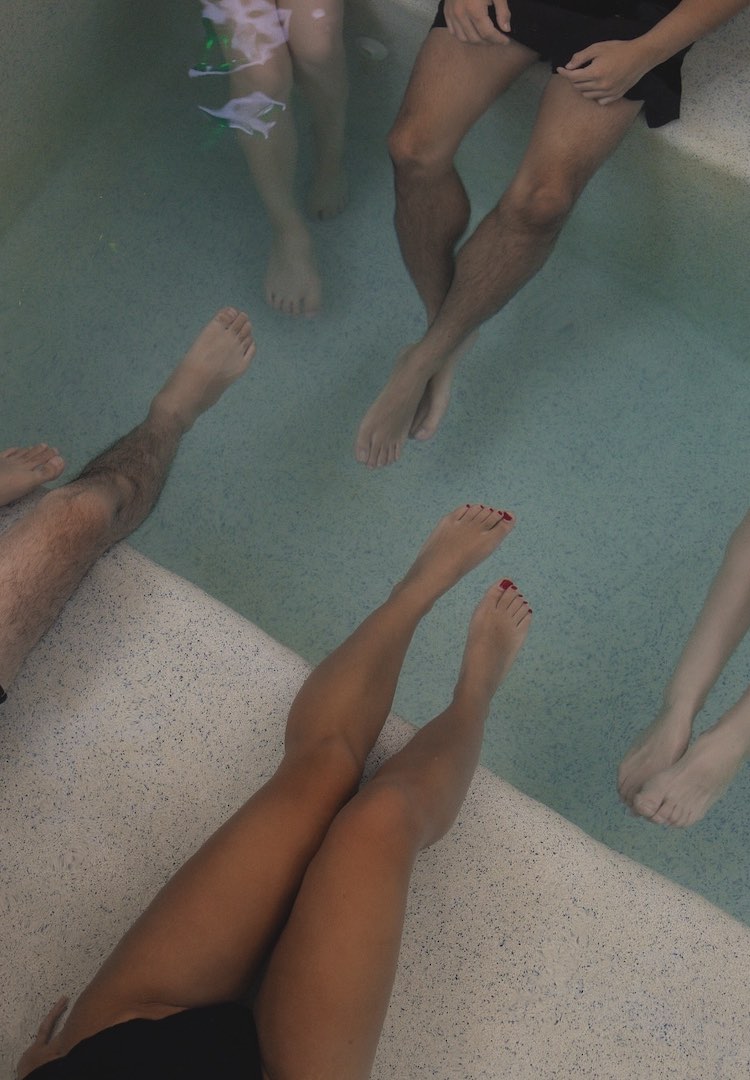How Pilates can strengthen your pelvic floor muscles
WORDS BY ALYSSA FORATO
“By engaging your pelvic floor it does make the workout harder, but you’re actually going to get more of a benefit from it.”
There’s no denying that Pilates is a great workout. Whether you pick mat, reformer or hot Pilates as your poison, you’re guaranteed to leave feeling sore, yet stretchy and stronger. This full-body, low-impact workout reaches muscles you didn’t know exist, promoting strength, toning and alignment at the same time.
I’ve been a Pilates-goer for quite some time now. Nothing beats a workout that helps you get stronger while barely breaking a sweat. Something I’ve noticed when attending my weekly mat Pilates class at my local gym is that at the beginning of the session, my instructor always stresses engaging our pelvic floor.
Want more advice from real people? Head to our Life section.
“You should feel like you’re holding in a wee or putting on a tight pair of pants,” she’ll say. But why is engaging your pelvic floor relevant to your Pilates workout? I asked Jo Chard, a personal trainer and Pilates instructor, to find out.
Why is Pilates good for the pelvic floor?
“Your pelvic floor muscles support the bladder, uterus and bowel,” Jo explains. “[A strong] pelvic floor will prevent the incontinence of the bladder and bowel prolapse, and it’s important in sexual health as well.”
Jo tells me that a lot of the Pilates teachings refer to engaging the pelvic floor. Throughout the workout, you need to keep your pelvic floor active in order to execute movements properly. Since it stays engaged, it gets stronger over time.
“When you’re doing movements lying down on the ground, you want to make sure that you’re activating that pelvic floor,” Jo says. “So for example, if you’re in a core position, that’ll start to strengthen [your pelvic floor] further down.”
Is Pilates good for everybody’s pelvic floor muscles, or does it benefit certain age groups the most?
There’s no set age to start exercising your pelvic floor muscles – the earlier, the better. Everyone can benefit from Pilates, whether your focus is to improve pelvic floor strength, your body’s physical strength or simply get some active movement in your weekly routine. However, when we’re talking specifically about pelvic floor muscles, Jo says there are certain demographics that may get the most out of it.
“It’s definitely best for people [whose pelvic floor] has been weakened by pregnancy and childbirth, or people who are just in that beginner stage and are becoming a little more aware of their body,” Jo tells me. Pilates is also great for women who are going through menopause and are looking to improve their pelvic floor health.
How does engaging your pelvic floor help you in Pilates?
Jo says that activating your pelvic floor during your Pilates workout will help improve your form. “A lot of the times when we exercise, there are two ways to do it. There’s the easy way where we tend to not really think about it, and that’s where the injury occurs more,” she points out.
And then there’s the right way. “By engaging your pelvic floor it does make the workout harder, but you’re actually going to get more of a benefit from it. By being switched on, it’s not going to cause any lower back pain and you’re going to become stronger in those abdominal and pelvic floor areas.”
This also transfers into other areas of life, Jo explains. “[When] you have to stand up it’s going to stop the back from taking over and it’s going to switch your core on.” Strengthening your pelvic floor through Pilates will also help with bladder control. So if you’re desperate to go to the loo, Pilates may just help you hold on that little bit longer.
How often should people be doing Pilates if they want to strengthen their pelvic floor?
Everyone has different schedules, and it can be hard for some people to find time in their busy lives to slot in a Pilates session. However, you don’t need to practice it daily to strengthen your pelvic floor.
“Definitely at least once or twice a week,” Jo says. “I’ve been doing Pilates myself at least once a week for years, and I’ve definitely noticed a difference in my pelvic floor health since doing it as opposed to not. You can do Pilates every day, but once a week is a good place to start.”
Pilates workouts don’t need to be extremely long, either. You can do a quick 10-minute workout at home, or dedicate an hour of your day going to a class. Every little bit helps.
What tips would you give people who are starting out in Pilates and learning how to engage their pelvic floor muscles?
“I would tell them to think about [their pelvic floor] like a T-zone,” Jo tells me. “What you want to do is think about your hip bone to hip bone… drawing a line across and keeping the engagement through there.”
Jo also stresses the importance of maintaining the correct form rather than rushing through exercises. “If something does start to hurt… stop the movement and think about going back into your pelvic floor setup. The more time you take with your setup and the more care and control you have, the more your body is actually going to get from the workout.”
To learn more about the rise in popularity of Pilates, head here.













